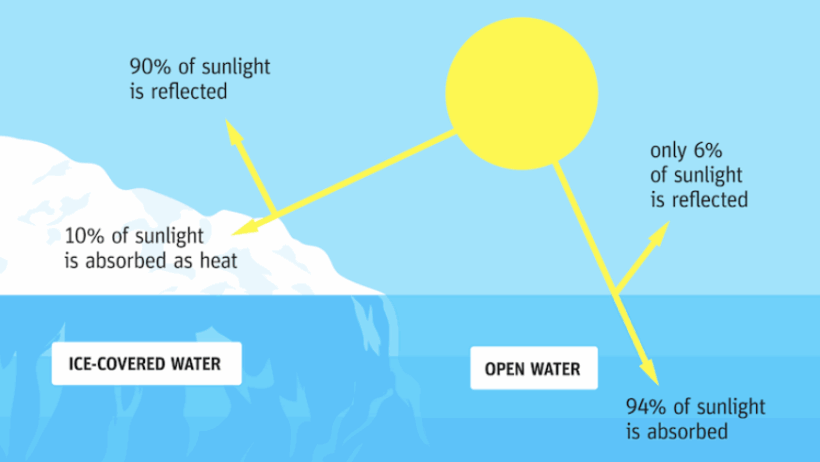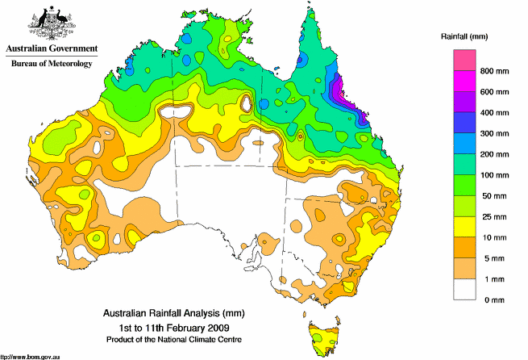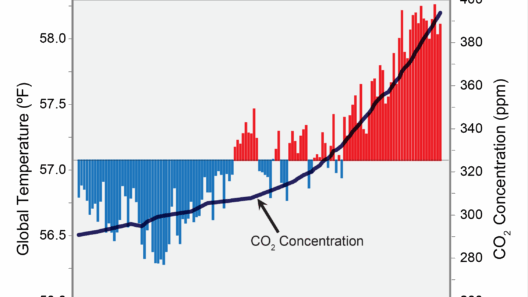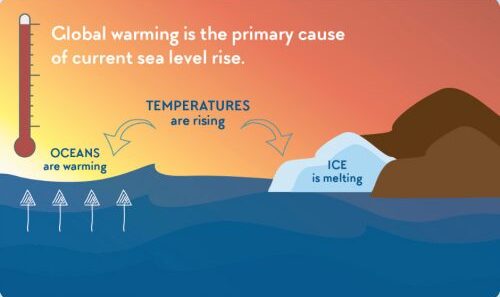In the intricate tapestry of our planet’s climate, rising sea levels are a formidable thread woven into the fabric of coastal ecosystems. This phenomenon, cloaked in both beauty and peril, is redefining landscapes, reshaping communities, and illustrating an urgent narrative that is impossible to ignore. As the aqueous expanse encroaches upon the land, it raises a pressing question: how does rising sea levels cause flooding? Understanding this connection is paramount for governments, scientists, and individuals alike as they navigate a future where water and land interchange in unpredictable ways.
Coastal areas, often described as vibrant interfaces between terrestrial and marine realms, find themselves at the forefront of this rising tide. From picturesque beaches to bustling ports, these regions bear the brunt of the invasive waves. Abundant in biodiversity and human habitation, coastal ecosystems are experiencing transformations that resonate beyond their sandy shores, reverberating through the socio-economic currents of societies worldwide.
The symbiotic relationship between sea level rise and flooding can be distilled into several key elements, each revealing its own complexity and significance.
Nature’s Metronome: The Causes of Rising Sea Levels
To comprehend the dancing rhythms of flooding along the coastline, one must first dissect the precipitating causes of rising sea levels. Predominantly, two factors stand out: the melting of ice masses and the thermal expansion of seawater. The majestic ice sheets of Greenland and Antarctica are inexorably shedding their frozen volumes, contributing to this global hydrological shift. Moreover, as the Earth warms, seawater undergoes thermal expansion, allowing it to occupy a greater volume. This duality of melting glaciers and expanding oceans crafts a more robust wave of elevation, warning coastal dwellers of incoming changes.
These processes represent a complex interplay between atmospheric conditions and geological responses. As carbon concentrations rise, temperatures climb, and the resultant changes cascade through ice caps into the ocean’s surface. Consequently, the once familiar shoreline becomes a moving target, susceptible to the whims of anthropogenic climate change.
The Skimmers and the Surge: How Flooding Unfolds
Understanding how rising sea levels precipitate flooding necessitates a closer examination of the interaction between increased ocean volume and coastal geography. When the ocean’s waterline advances, several processes coincide to create the perfect storm for flooding. First and foremost, coastal regions undergo “nuisance flooding,” often seen during high tides or storms when elevated sea levels render the previously harmonious relationship between land and sea disruptive.
This flooding can be likened to an uninvited guest, slowly permeating the fabric of daily life. Streets that once buzzed with footfall transform into ephemeral rivers; homes that provided sanctuary find their foundations encroached. The culprits here are not merely the rising tides but the interconnectedness of various environmental factors, including storm surges and subsidence. When hurricanes and tropical storms converge with elevated sea levels, the tempest magnifies, inundating coastal communities with fierce intensity.
Moreover, the dynamics of local geography, such as the slopes of land and coastal wetland’s capacity to absorb water, significantly influence flooding. Sediments pulled from the absence of stable shorelines further exacerbate erosion, resulting in a compounding effect that elevates flood risks. Thus, as sea levels rise, vulnerable coastal landscapes with their intricate lacework of ecosystems find themselves ensnared in a perilous cycle of water intruding upon land.
A Wave of Contemplation: Mitigation and Adaptation Strategies
Confronting the daunting prospect of rising sea levels beckons a coalition of intellectual vigor and innovative strategies aimed at mitigation and adaptation. By prioritizing resilient urban planning, communities can fortify their defences against the whispering call of the ocean. This multi-faceted approach includes constructing levees and seawalls, restoring mangroves and wetlands, and implementing strategic zoning laws that govern coastal development.
Additionally, investing in research and technological advancements can unveil adaptive strategies that allow communities to thrive despite the challenges posed by sea level rise. Employing natural infrastructure—such as the restoration of estuaries or salt marshes—serves not only as cost-effective solutions but also fosters biodiversity, filtering pollutants and safeguarding habitats. Furthermore, harnessing water management techniques that focus on precipitation and runoff will be critical as patterns evolve directly in response to climate dynamics.
Engagement and empowerment of local populations also play an integral role in building resilient communities. Grassroots efforts that promote awareness yield collective actions essential for cultivating an informed public, capable of advocating for sustainable policies. When individuals foster pliable relationships with their environments, they emerge as crucial stakeholders in their destinies, navigating the tides of change not as victims but as empowered custodians of the land.
In Conclusion: Embracing Change in a Fluid World
As ocean levels continue their inexorable ascent, the intertwined narratives of sea level rise and coastal flooding compel us to reflect on our relationship with the environment. Every tide that laps against the shore silently speaks volumes about the effects of climate change on our world—a siren call for action and vigilance. Embracing innovative solutions and nurturing adaptive strategies, we must accept that while the tides may change, our resolve to safeguard the planet must remain steadfast and resilient. Ultimately, navigating the ambiguities of our climate future requires not only understanding but also unwavering commitment to the stewardship of our precious coastal regions.







